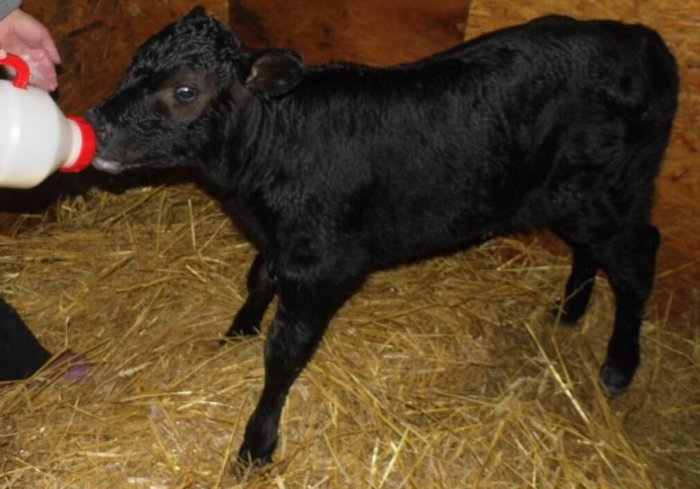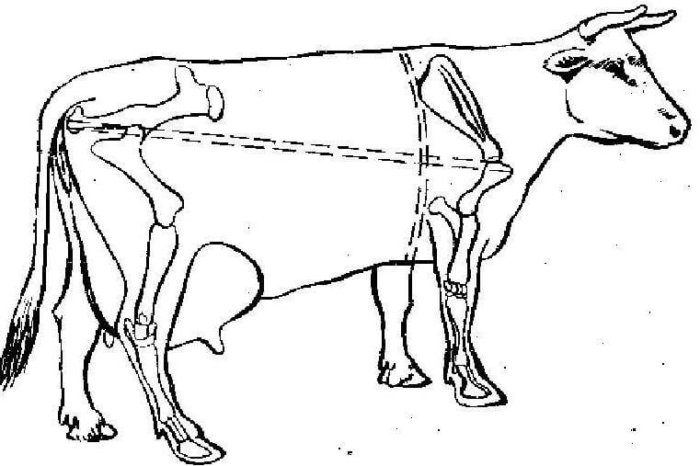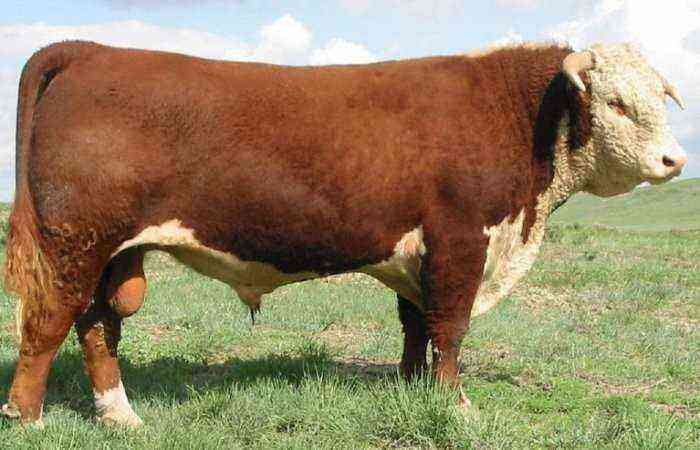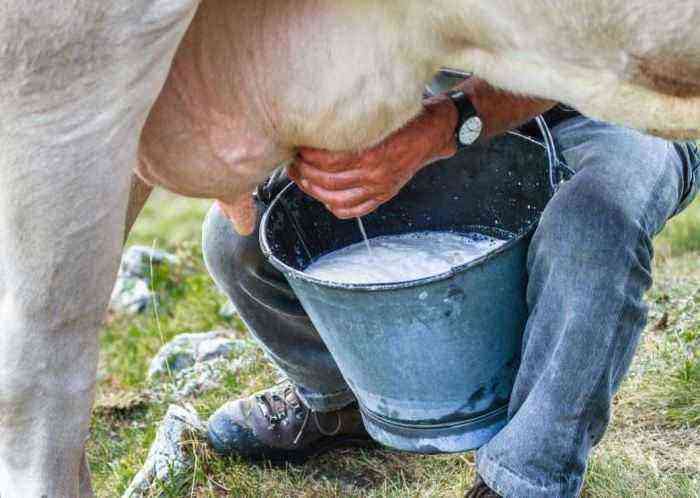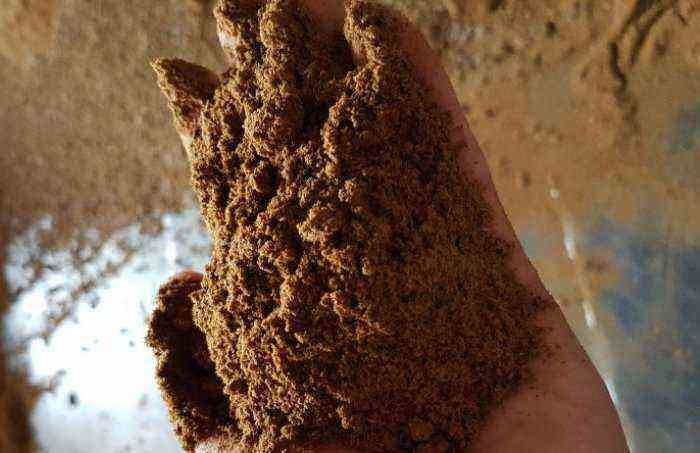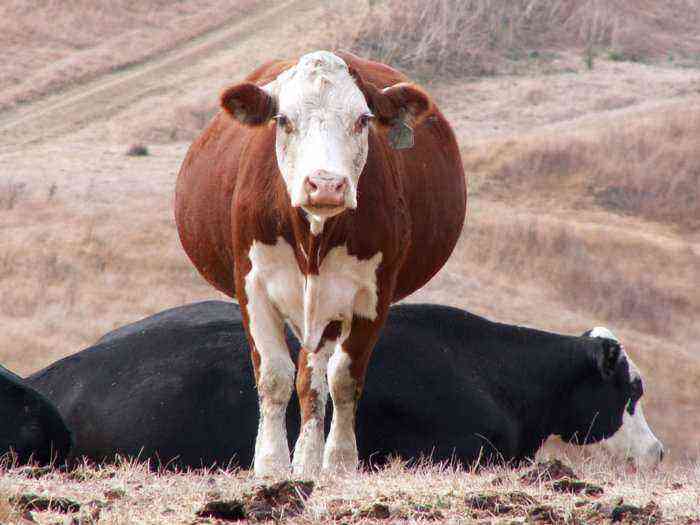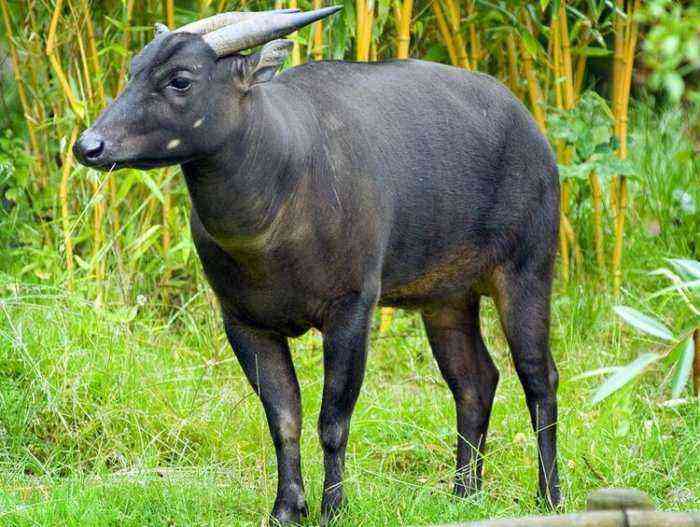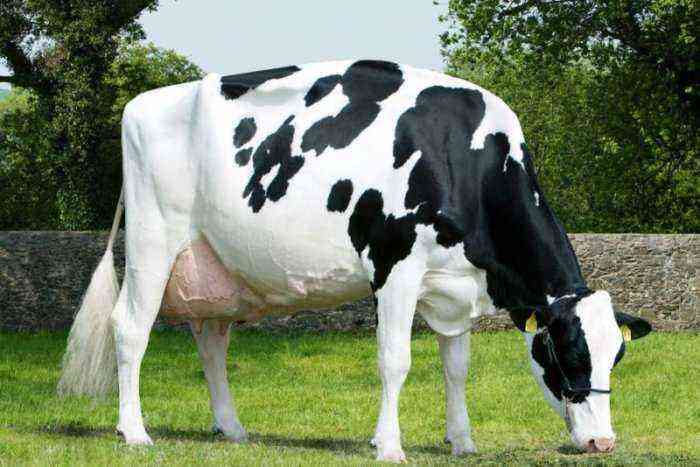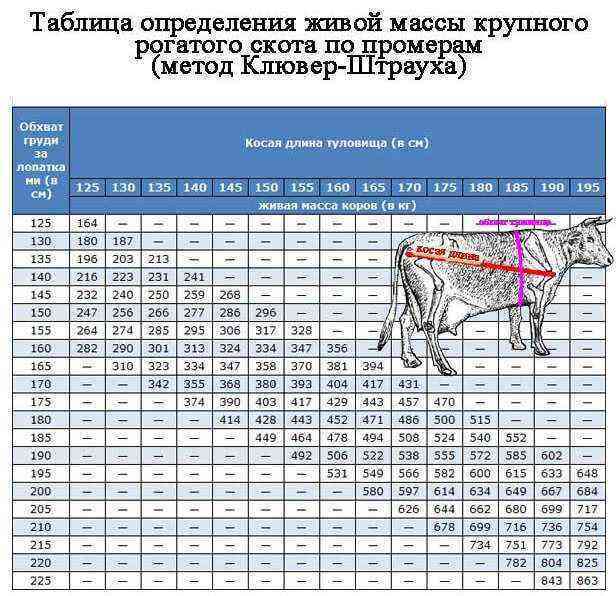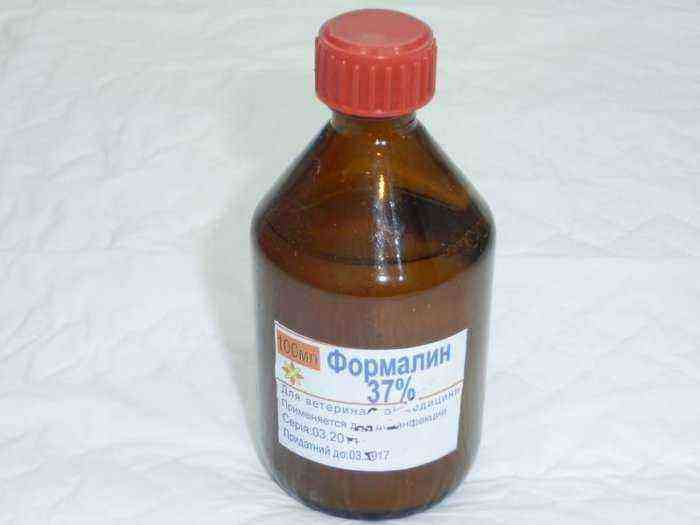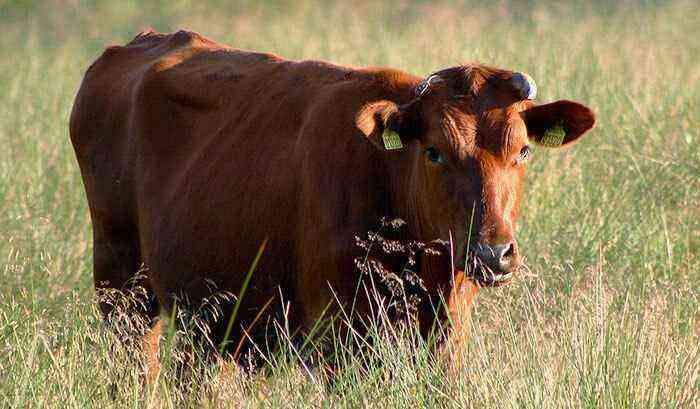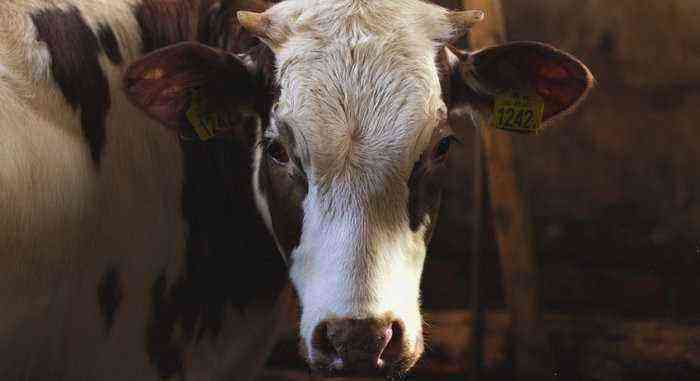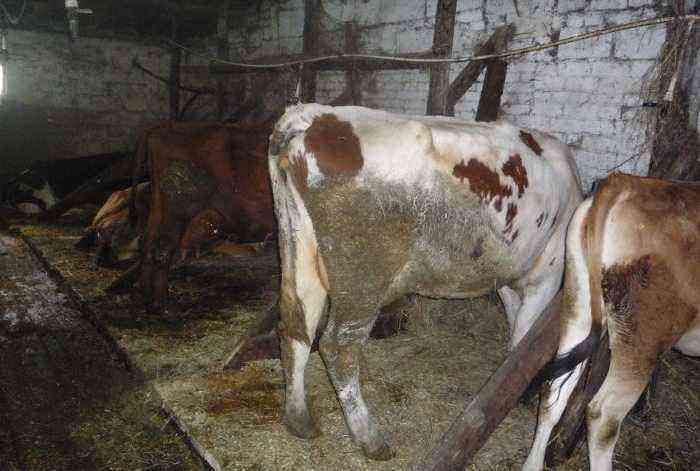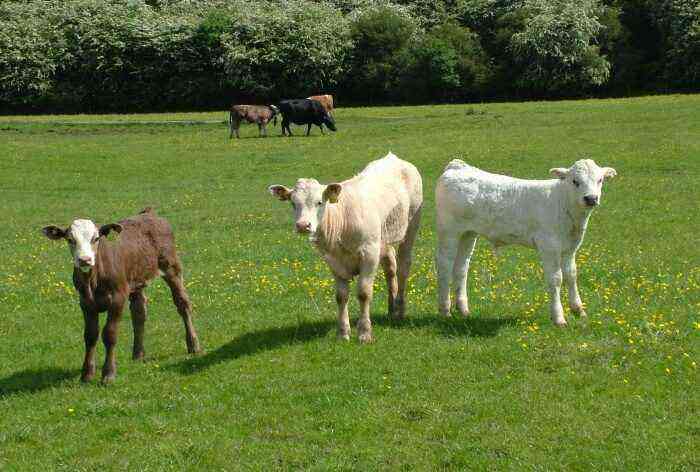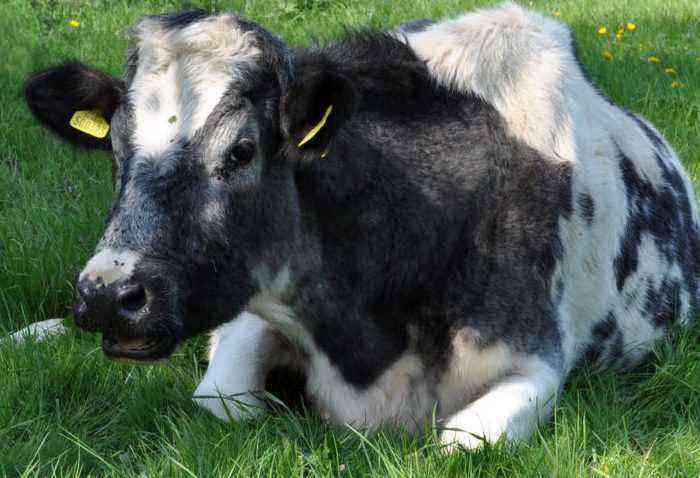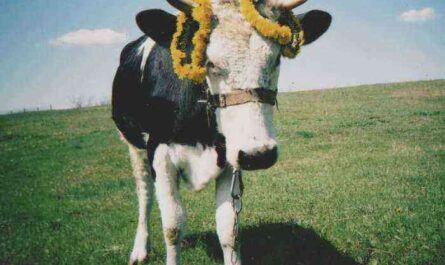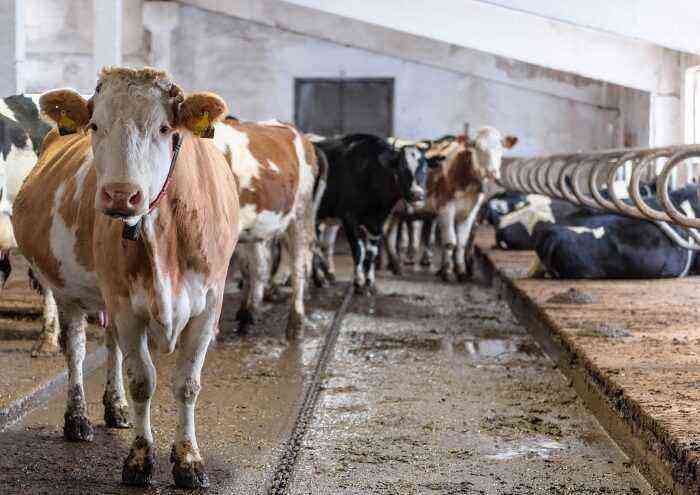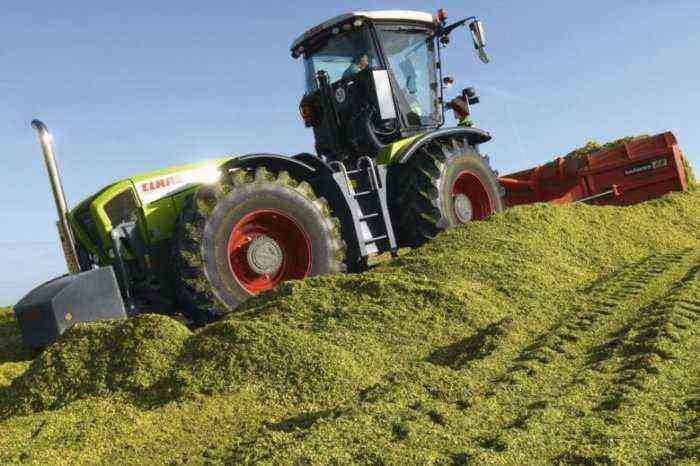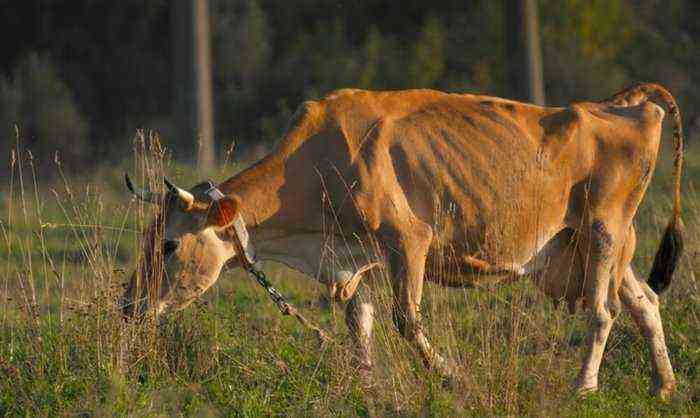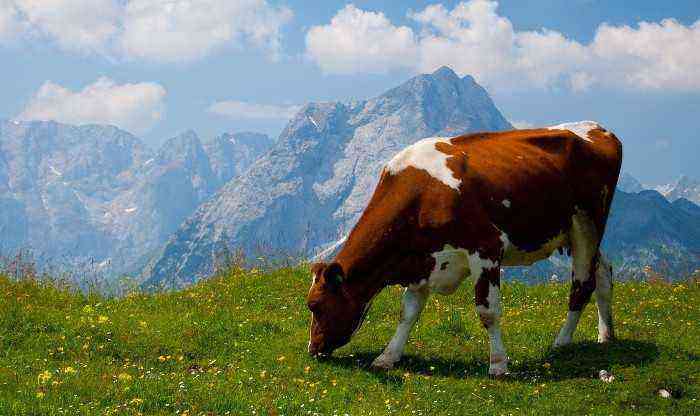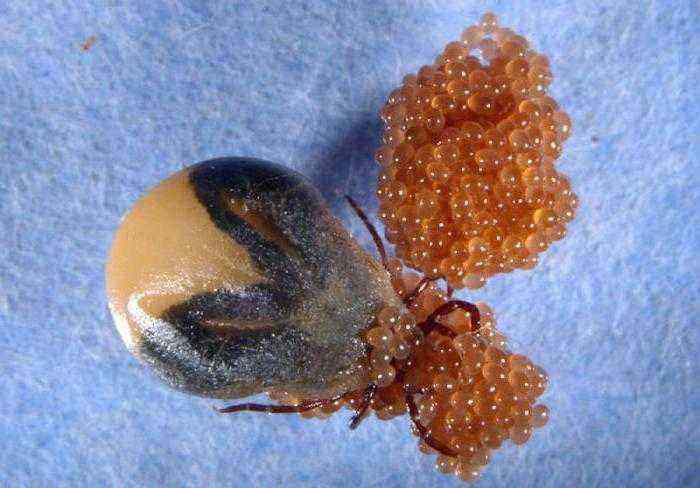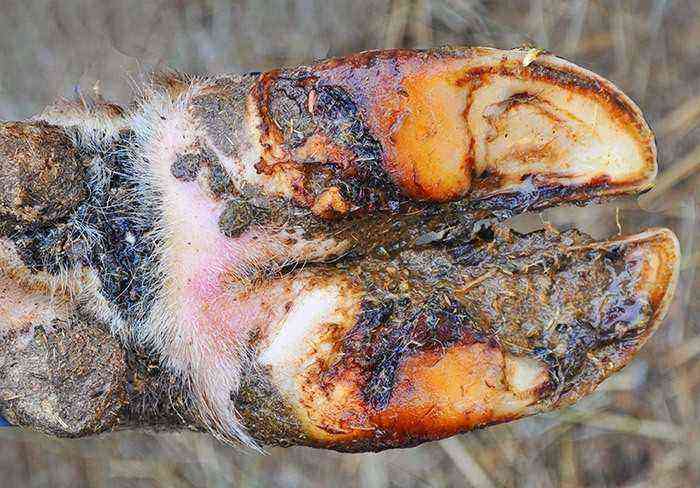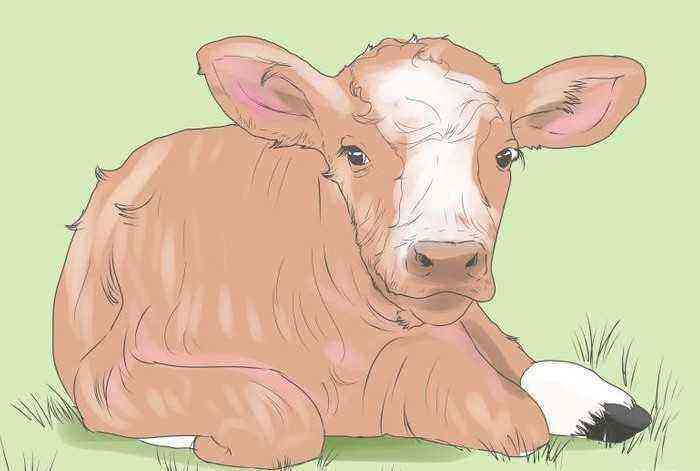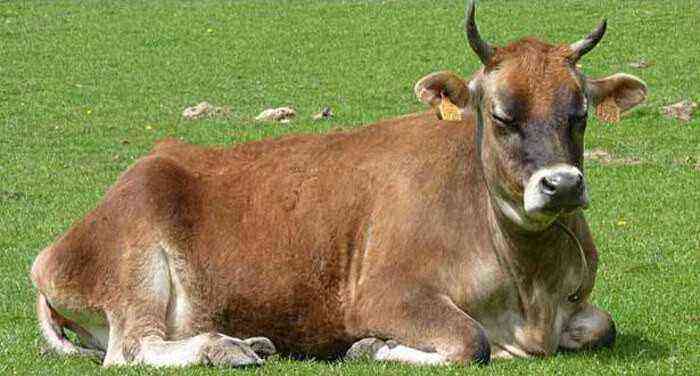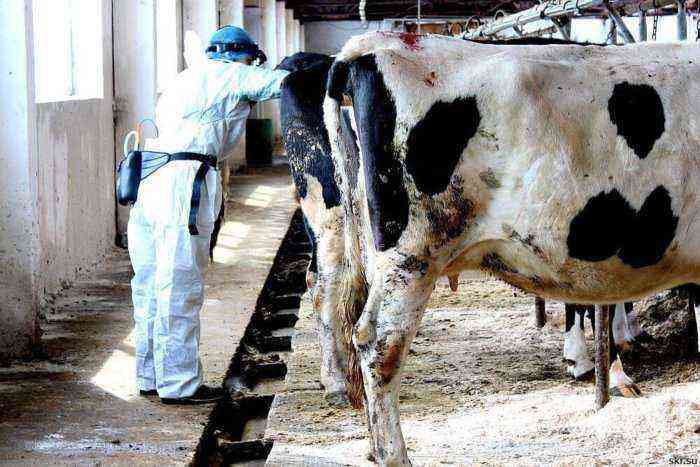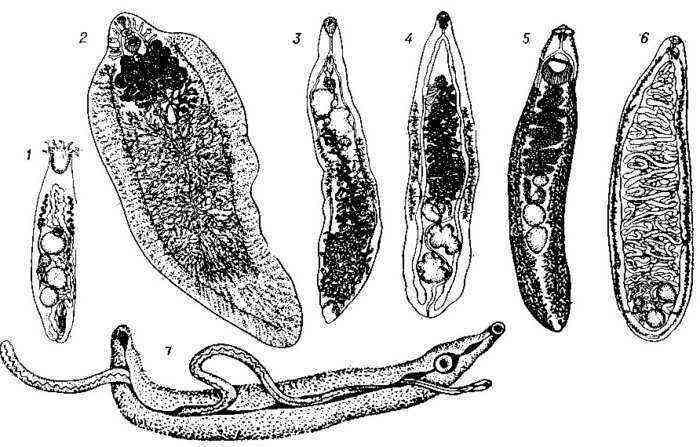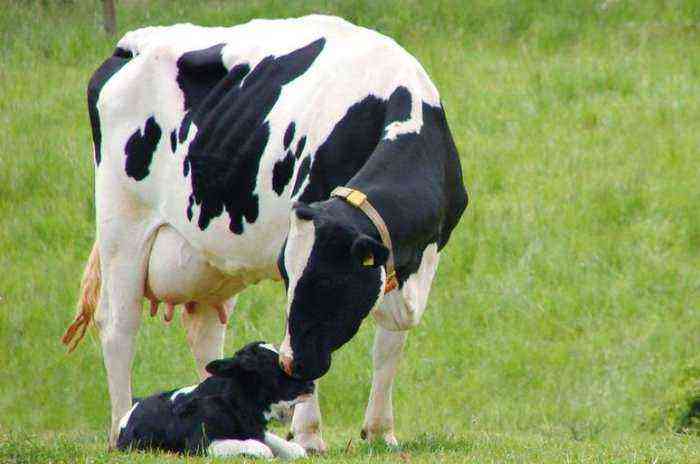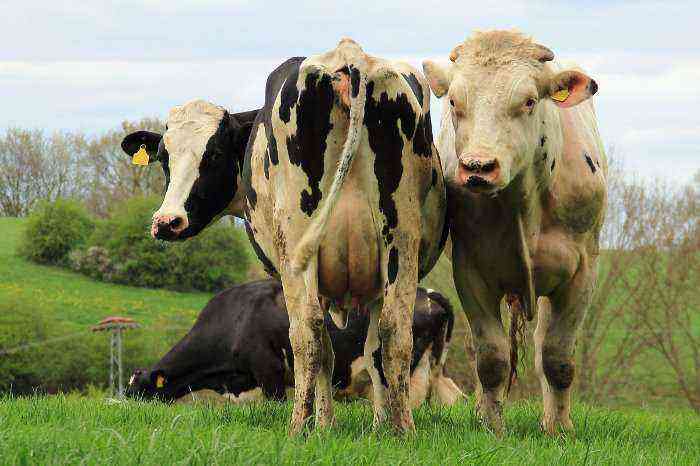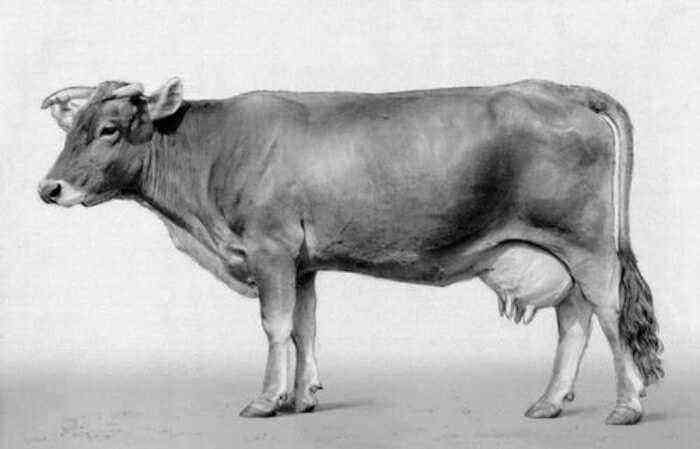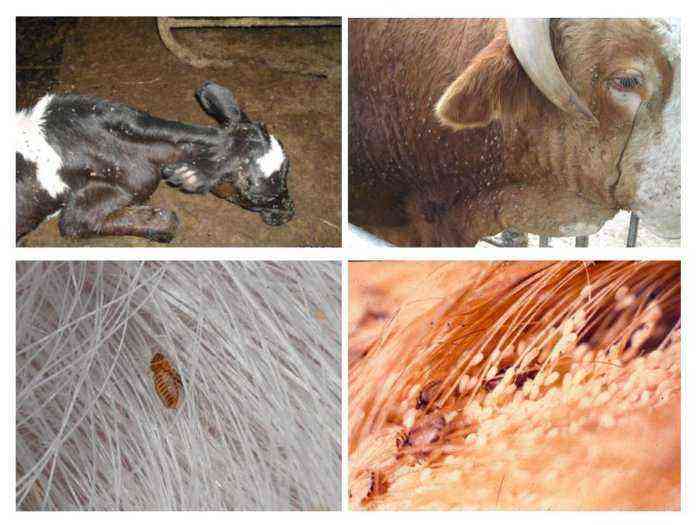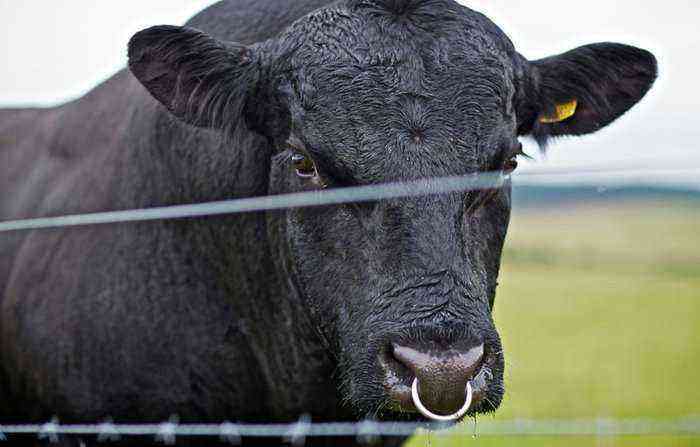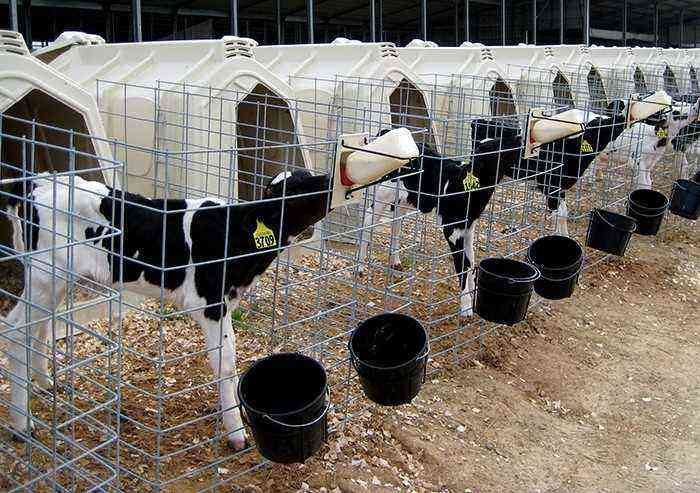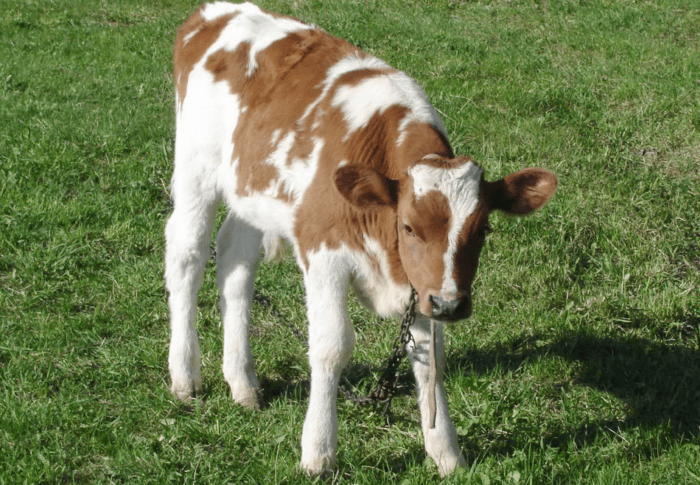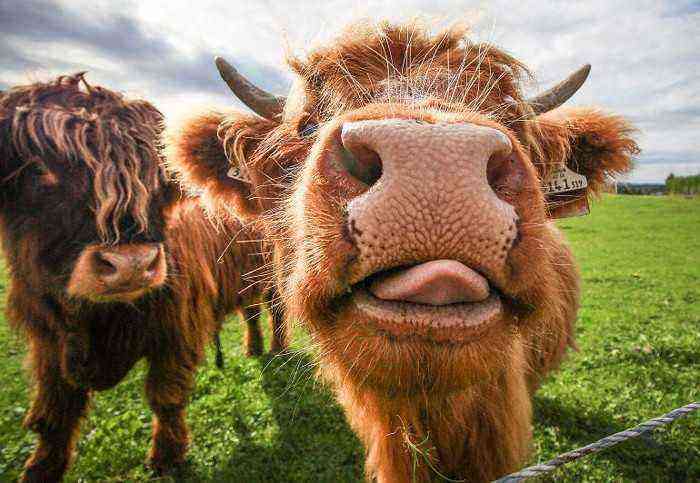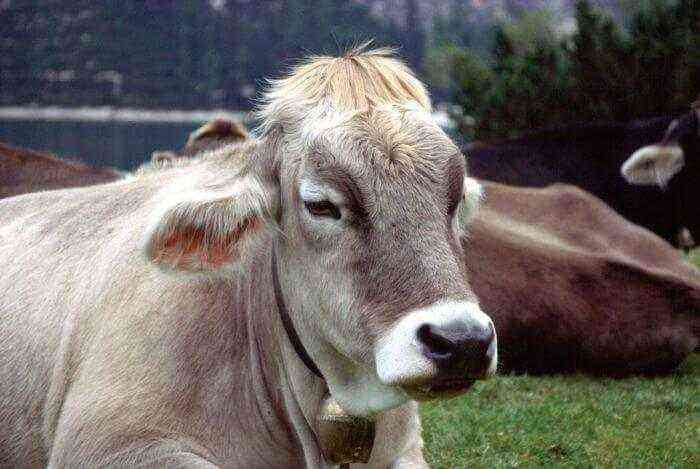The weight of a newborn calf is one of the main indicators of a baby’s health. This indicator largely depends on the breed of the cub, as well as on the physiological state and feeding characteristics of the cow during pregnancy. On average, the weight of a newborn animal is from 20 to 40 kg. Knowing what weight is considered normal, you can quickly identify deviations in the development of the baby and, in accordance with them, adjust his diet.
newborn calf
Feeding newborn calves
Proper feeding of a calf in the first weeks of life is the main condition for the formation of good health and rapid development of the baby. The basis of the diet for the cub immediately after calving is the mother’s colostrum. It is extremely important to put the calf to the udder during the first 1,5 hours. Cow colostrum contains an increased amount of vitamins and nutrients, as well as immunoglobulin, which plays an important role in the formation of immunity. Studies have shown that if the first feeding occurs within this period, the chance of a calf becoming ill as an adult is reduced by 30%.
As noted, the weight of the calf immediately at birth, as a rule, does not exceed 40 kg. With regular nutrition, this figure increases by another 500-700 g every day.
Attention. It is best if at least in the first days the baby stays with the mother. She will provide him with regular nutrition and his proper regimen.
If, for some reason (mastitis or various postpartum complications), the cow cannot feed the offspring on her own, the owner of the animals will have to take on this task. At the same time, implementing the procedure, you should adhere to the rules:
- For feeding, bottles with nipples are used, in which the optimal size of the hole should be selected.
- Newborn calves are fed at least 5-6 times a day, reducing this figure to 4 meals within one month.
- An individual bottle is used for each bull, and after the session a new nipple is taken.
- Feeding is carried out with combined milk from different cows, which in the future has a positive effect on the immunity of young animals.
- In the first month, it is also desirable to add special vitamin supplements to the milk mixture.
- Milk before serving is heated to 38 degrees.
Bottle feeding a calf
Switching to solid food
You can introduce solid food into the diet from the second month of a calf’s life. By this time, the weight of the cub increases by 1,5-2 times. But the introduction of new foods into the baby’s food should be gradual. Cicatricial digestion at the age of two months in a calf has not yet been formed. Accordingly, it is too early to give grass and hay. Therefore, the most correct option would be a special starter feed. These meals usually include:
- crushed concentrates: barley, wheat, corn and others;
- sunflower meal;
- powdered milk;
- feed yeast;
- mineral supplement;
- dry fat.
Starter feed is optimally balanced in accordance with the needs of the growing organism. In addition, such feed is easily digested and quickly absorbed in the digestive system of the calf.
At the age of 1,5 months, the baby, in addition to the combined feed, can also be fed with high-quality fresh hay. And at first you need to put it on the bull’s tongue and let him smell it, so that the baby gets used to it. Every day, the norm of hay in the diet increases by 200 g. At the same time, after a couple of days, in the same way, you should begin to accustom the calf to haylage and silage.
From the middle of 2 months, it is time to gradually introduce into the diet:
- oatmeal jelly;
- potatoes;
- curdled milk;
- dried greens;
- finely chopped carrots.
Finely chopped carrot
By the end of the second month, the weight of the baby can already reach 80 kg. By the third month, the calf’s menu can be diversified with almost any other feed. At the same time, it is better to gradually reduce the amount of milk in food in order to completely remove it from the diet until the age of six months.
Self-catering
From the end of 3 months, the calf can already be taught to independently graze on pastures. To do this, in the summer, the amount of greens dried in the sun is increased in the diet. Gradually it is replaced with fresh grass. Subsequently, the calf can be released for 2-3 hours on a green lawn, where the cub can graze plenty. In this case, you should choose a site where there is a shade and enough clean water. Gradually, the walking time of the young can be increased.
Already from 5-6 months, the bull eats all the food on its own. The owner should transfer the animal to three meals a day. At this time, for optimal development, a growing organism needs a sufficient amount of concentrated and juicy feed, hay. In the summer, hay can be replaced with greens. You can also continue to add feed to food. By the end of 6 months with such a diet, the bull will already weigh 150-190 kg.
In general, the following table is used to select the correct daily diet for a calf:
Age (in months)
Hay (in kg)
Straw (in kg)
Root vegetables (in kg)
Silage (in kg)
2
1,0
—
—
—
3
1,5
—
—
—
4-5
3,0
—
1,0
1,0
6
4,0
—
3,0
3,0
7-10
4,5
0,8
5,0
4,0
11-14
6,0
2,5
8,0
6,0
How to find out the weight of a calf?
In order to determine the effectiveness of the established diet and the progress of the growth of the calf, it is imperative to measure the weight of the baby. The easiest way in this case is to weigh the animal on the scales. But if this method is not available, you can find out the weight of the calf without weights by other methods.
With tape
To determine the weight of the animal in this way, the owner will have to buy a special measuring tape for cows. In addition, this method can only be used on calm cattle.
For measurement, the animal is placed evenly, its head is raised and the tape is tightly tied around the body in the area behind the hind legs. After that, you need to look at the marks of the tape, which will indicate the weight of the individual.
Attention! Since measurements are taken on a living being, it is better to take them several times and find the average number. Then the results will be more accurate.
According to the method of Trukhanovsky and Klüver-Strauch
This method is also in demand in households and is quite easy to implement. To determine the mass of a cow, measure the length of the body from the shoulder blades to the base of the tail along the ridge, as well as its height in the area behind the forelimbs. You can use a long stick or ruler to measure.
Method for measuring the weight of cattle
The measurements obtained are then multiplied by the correction factor and divided by 100.
Reference. For a more accurate definition, you can use the tables of Trukhanovsky and Klüver-Strauch, which are on the Internet.
By belly size
This method is very easy to implement. It is enough just to measure the volume of the cow’s chest. But it only roughly determines the weight of the animal: how the real and the result obtained can differ within 50 kg.
You can measure with a regular tape with marks. It is tied around the cow’s body in the widest part of the chest. Further, the data obtained is compared with the table, which indicates the weight corresponding to the girth. Depending on the value obtained, the mass according to the table can be calculated by one of three types of equations.
There are a number of other methods for determining the weight of cattle. But it is worth noting that all of them involve a certain error. Therefore, it is advisable to use such methods of measuring the weight of an animal only to obtain approximate figures. In the future, these data can be used to more accurately adjust the diet for the cow.
